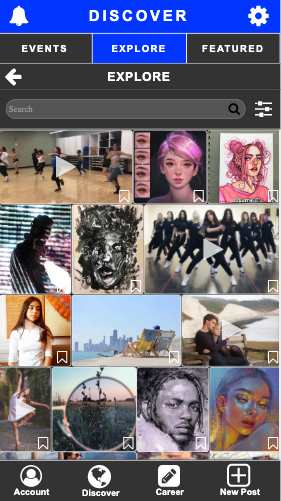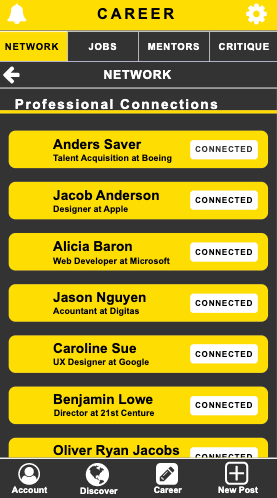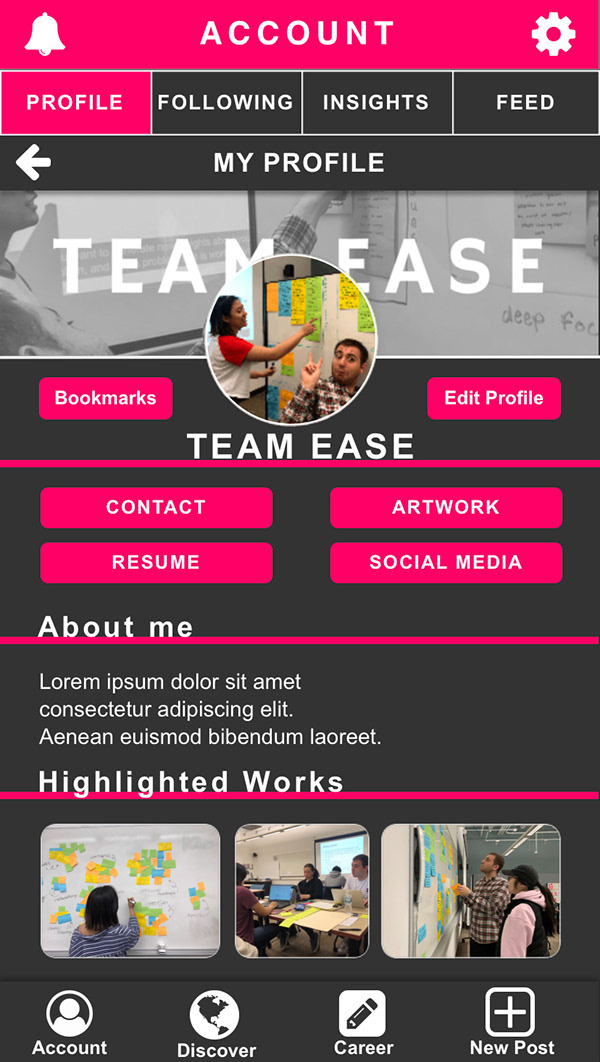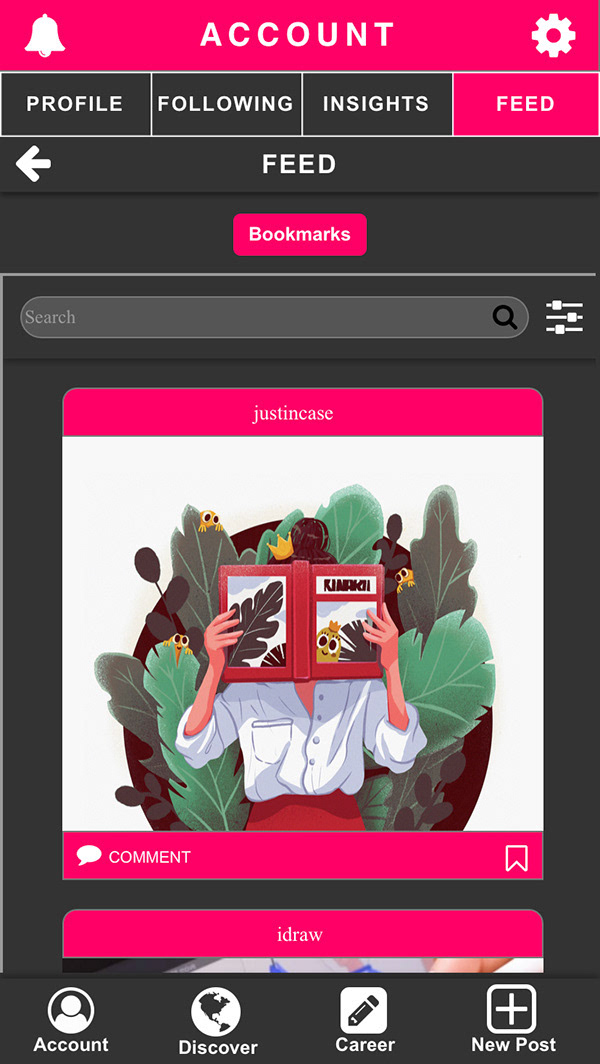To highlight the process I use as a user experience designer, I have provided step by step examples of each phase used in the design process. These examples are taken from a class project called the "Bold. Application". These steps provide any client a seamless user experience for their desired product.
The 5 main steps are:
P1. User Study
P2. Concept Exploration
P3. Low Fidelity Prototypes
P4. High Fidelity Prototypes
P5. Presentation of Findings (Not Shown)
P1 User Study
The "P1 user study" phase looks to outline users potential wants, needs, and goals. Through various forms of user research, designers synthesize their findings through affinity diagrams (displayed below). This allows for the designers to map overlaps for users wants and needs found during the research process.
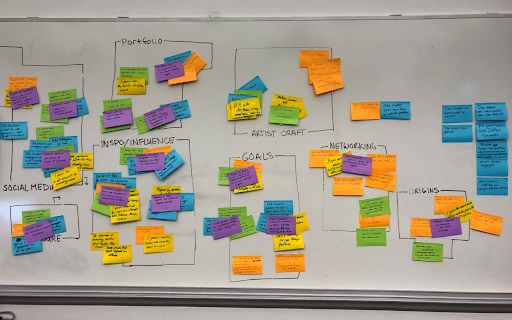
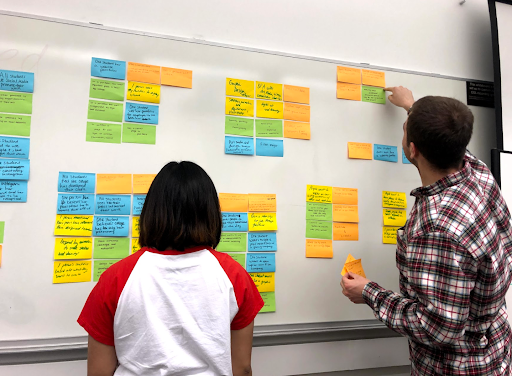
P2 Concept Exploration
The "P2 Concept Exploration" phase allows designers to process their findings from P1 and begin creating visual representations. These are most commonly seen with User Personas, User Scenarios, or User Storyboarding.
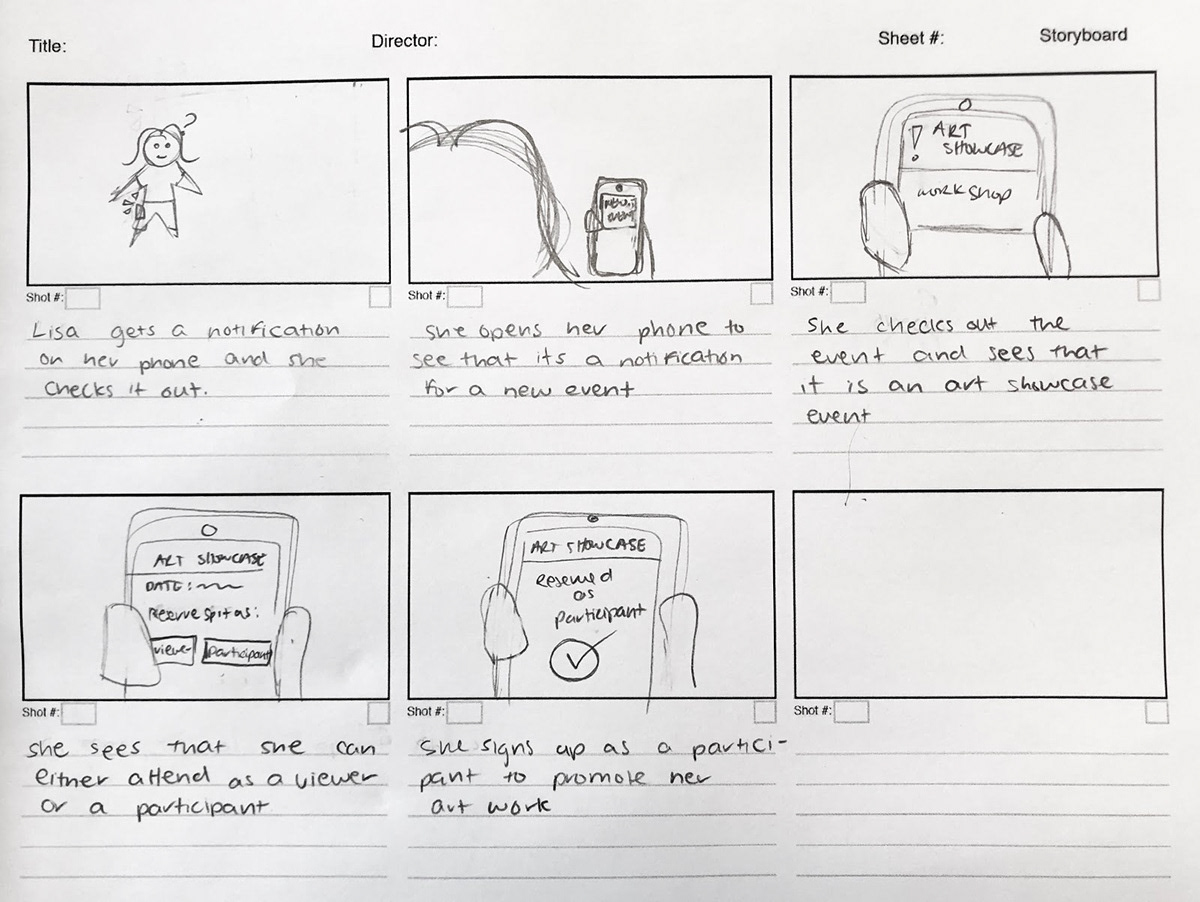
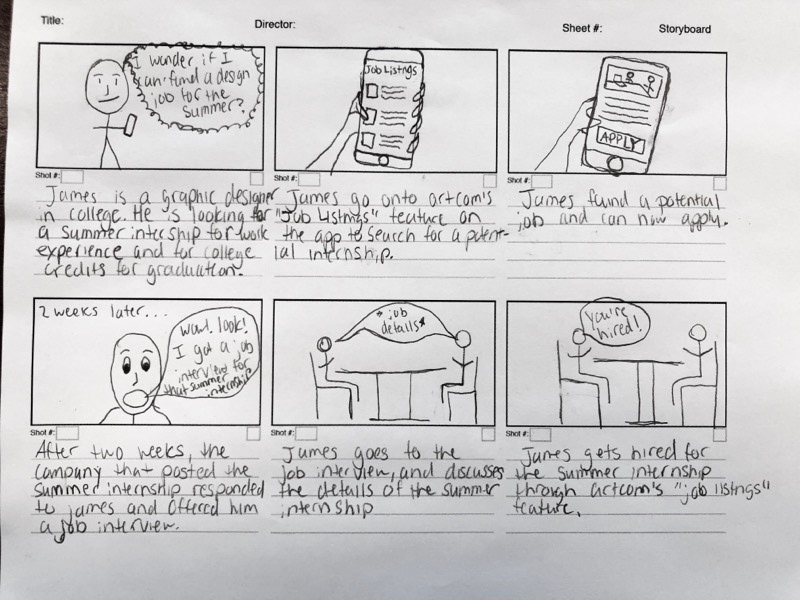
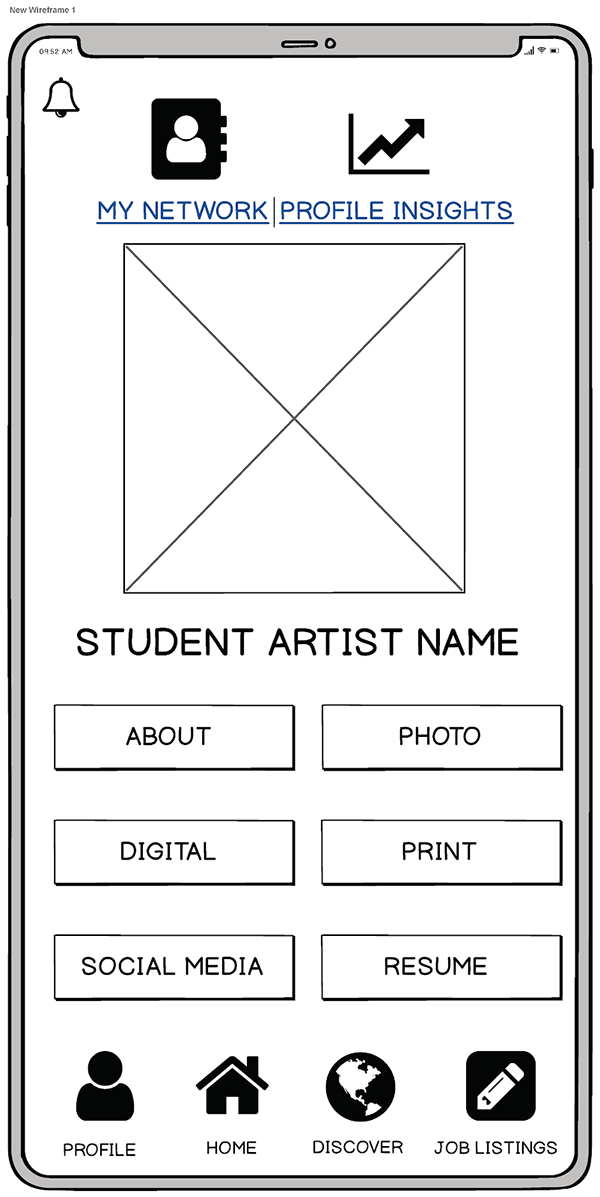
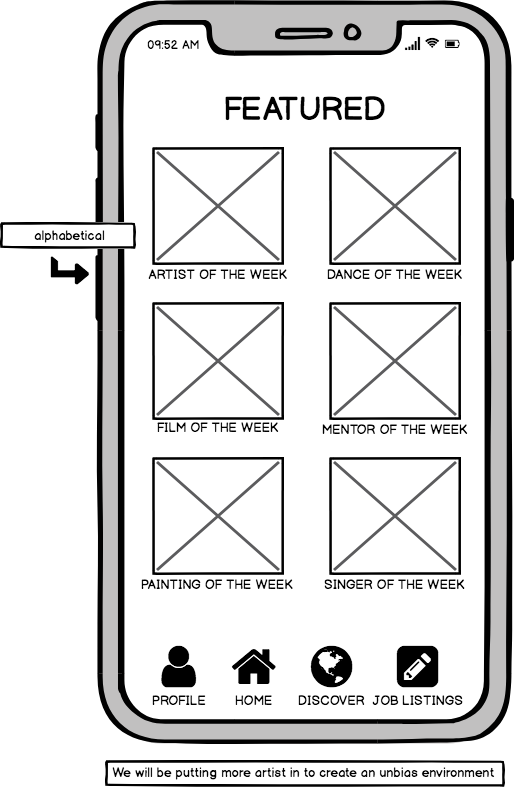
P3 Low Fidelity Prototypes
Below is a link to the P3 Low Fidelity video for the Bold. Application!
*Created and edited by Elena Seo*
P4 High Fidelity Prototypes
The "P4 High Fidelity Prototype" phase lends designers the opportunity to develop realistic, and interactive prototypes for their client. High Fidelity Prototypes are created with various prototyping tools like Axure, Adobe XD, or Figma.
